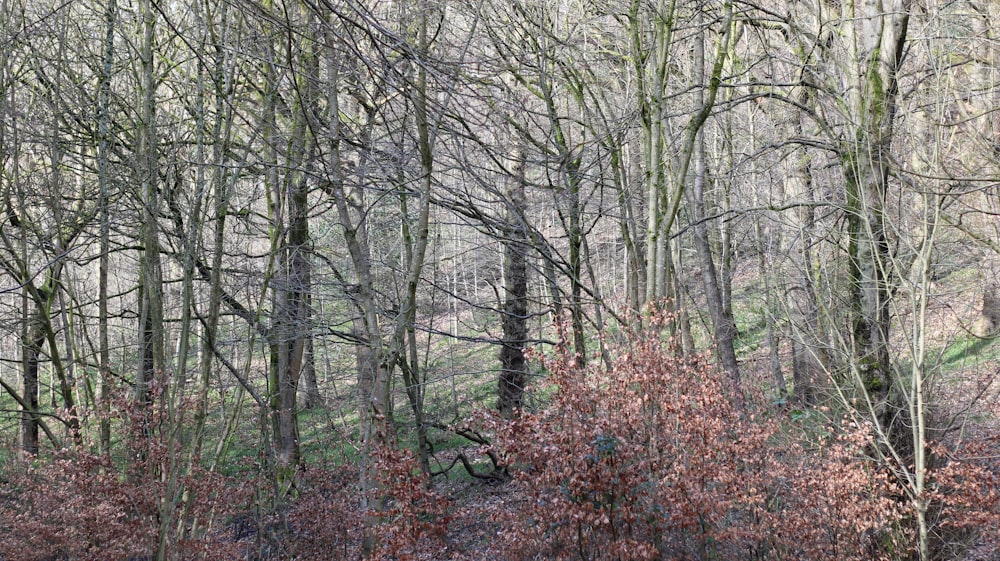Exploring Denys Lasdun: A Modernist Architectural Icon
The Visionary Architect
Denys Lasdun was not just an architect; he was a visionary whose bold designs reshaped the modern architectural landscape. Born in 1914, his career spanned decades and left an indelible mark on the world of architecture. Lasdun’s work was characterized by its clean lines, innovative use of materials, and a deep understanding of how buildings interact with their surroundings.
Early Influences and Education
Growing up in an artistic family, Lasdun’s passion for architecture was ignited at an early age. He studied at the Architectural Association School of Architecture in London, where he was exposed to the avant-garde ideas of the time. Influenced by the modernist movements of the early 20th century, including Bauhaus and Le Corbusier’s principles of design, Lasdun developed a unique approach to architecture that blended form with function.
The National Theatre: A Modernist Masterpiece
One of Lasdun’s most iconic works is the National Theatre in London. Completed in 1976, this modernist marvel stands as a testament to his architectural prowess. The building’s distinctive brutalist design, with its angular shapes and exposed concrete, was a bold departure from traditional theatre architecture. It was hailed as a triumph of modernism, a cultural hub that reflected the spirit of its time.
University of East Anglia: A Campus in Harmony
Another notable achievement in Lasdun’s portfolio is the University of East Anglia campus in Norwich. Designed in the 1960s, this sprawling complex is a masterpiece of modernist architecture. Lasdun’s vision for the campus was to create a harmonious blend of buildings and landscape, where students could study and live in an environment that inspired creativity and learning.
Royal College of Physicians: A Fusion of Tradition and Modernity
Lasdun’s ability to blend tradition with modernity is evident in his design for the Royal College of Physicians in London. Completed in 1964, this building seamlessly integrates contemporary elements with the historic surroundings of Regent’s Park. The result is a striking structure that pays homage to the past while looking boldly towards the future.
Keeling House: A Brutalist Icon
For those who appreciate brutalist architecture, Keeling House in London is a standout example of Lasdun’s work. Completed in 1957, this residential tower is a striking presence in the Bethnal Green neighborhood. Its sculptural form and use of textured concrete create a sense of drama and solidity, making it a beloved icon of the brutalist movement.
Legacy and Influence
Denys Lasdun’s influence extends far beyond the buildings he designed. He was a teacher, mentor, and advocate for modernist principles in architecture. His belief in the importance of social spaces, the integration of buildings with their environments, and the use of honest materials continues to inspire architects around the world.
A Lasting Impact
In conclusion, Denys Lasdun was a true architectural visionary whose work continues to captivate and inspire. From the bold angles of the National Theatre to the harmonious campus of the University of East Anglia, his buildings stand as testaments to his genius. Lasdun’s legacy lives on in the modernist marvels he created, reminding us of the power of architecture to shape our world.
Tags:
- Denys Lasdun,
- Modernist Architecture,
- Brutalist Design,
- National Theatre,
- University of East Anglia,
- Royal College of Physicians,
- Keeling House,
- Architectural Visionary,
- Modernist Masterpieces,
- Brutalist Icons,
- London Architecture,
- Avant-Garde Influence,
- Architectural Legacy,
- Design Innovation,
- Brutalist Architecture,
- Modernist Principles,
- Urban Landmarks,
- Architectural Genius,
- Architectural Influencers,
- Concrete Creations,
- Creative Vision,
- Modernist Ideals,
- Social Spaces,
- Integration of Landscape,
- Sculptural Forms,
- Bold Angles,
- Honest Materials,
- Architectural Harmony,
- Legacy of Innovation,
- Architectural Inspiration.
Read more about denys lasdun


:max_bytes(150000):strip_icc()/GettyImages-1084171152-8445a490b5894f0a9bb588dbfc2ac22d.jpg)









